ড. রেদুয়ান হাসান খান বর্তমানে গ্রামীণফোন লিমিটেডে ইন্টারনেট-অফ-থিংস (IoT) বিভাগের প্রধান হিসেবে কর্মরত আছেন। তিনি ২০০৭ সালে বাংলাদেশ প্রকৌশল বিশ্ববিদ্যালয় (BUET) থেকে ইলেকট্রিক্যাল অ্যান্ড ইলেকট্রনিক ইঞ্জিনিয়ারিং (EEE) বিষয়ে স্নাতক (সম্মান) ডিগ্রি অর্জন করেন। এরপর ২০১৪ সালে অস্ট্রেলিয়ার ইউনিভার্সিটি অফ নিউক্যাসল থেকে “4G ওয়্যারলেস নেটওয়ার্কে মেশিন-টু-মেশিন (M2M) কমিউনিকেশন” বিষয়ে পিএইচডি ডিগ্রি অর্জন করেন।
ড. খান অস্ট্রেলিয়ায় বিভিন্ন টেলিকমিউনিকেশন প্রকল্পে রিসার্চ ইঞ্জিনিয়ার এবং কনসালট্যান্ট হিসেবে কাজ করেছেন। ২০১৫ সালে তিনি বাংলাদেশে ফিরে গ্রামীণফোনে কোর নেটওয়ার্ক অপারেশনস-এর প্রধান হিসেবে যোগ দেন। তাঁর গবেষণা ক্ষেত্রের মধ্যে রয়েছে 4G ওয়্যারলেস সিস্টেম, M2M কমিউনিকেশন, স্মার্ট গ্রিড এবং IoT। ড. খান IEEE IoT ও Smart Grid কমিউনিটির সদস্য এবং BASIS-এর IoT স্থায়ী কমিটির অংশগ্রহণকারী। তিনি বাংলাদেশে IoT-এর প্রসার ও প্রযুক্তিগত উদ্ভাবনের ক্ষেত্রে সক্রিয় ভূমিকা রাখছেন।
💬 প্রশ্নোত্তর পর্ব:
প্রশ্ন: আপনার সম্পর্কে আমাদের পাঠকদের সংক্ষেপে বলুন।
উত্তর: আমি ঢাকায় জন্মগ্রহণ করেছি এবং মির্জাপুর ক্যাডেট কলেজে (MCC) SSC ও HSC সম্পন্ন করেছি। BUET থেকে ইলেকট্রিক্যাল অ্যান্ড ইলেকট্রনিক ইঞ্জিনিয়ারিং (EEE)-এ স্নাতক ডিগ্রি অর্জন করি। ২০০৭ সালে BUET-এর ছাত্র অবস্থায় গ্রামীণফোনে ইন্টার্ন হিসেবে যোগদান করি এবং পরে কোর নেটওয়ার্ক ইঞ্জিনিয়ার হিসেবে কর্মরত হই। চার বছর পর আমি পিএইচডির জন্য অস্ট্রেলিয়ায় যাই। পিএইচডি শেষে Housley Consulting-এ কনসালট্যান্ট হিসেবে কাজ করি। ২০১৫ সালে পরিবারিক কারণে বাংলাদেশে ফিরে গ্রামীণফোনে ভয়েস কোর নেটওয়ার্ক অপারেশনস-এর প্রধান হিসেবে যোগদান করি। জুলাই ২০১৭ থেকে আমি গ্রামীণফোনের IoT পোর্টফোলিও নেতৃত্ব দিচ্ছি।
প্রশ্ন: অস্ট্রেলিয়ায় স্মার্ট গ্রিড নিয়ে পড়াশোনা করে এখন বাংলাদেশে IoT নিয়ে কাজ করছেন। অভিজ্ঞতা কেমন?
উত্তর: ২০০৯ সাল থেকে আমি IoT-এর সঙ্গে ঘনিষ্ঠভাবে যুক্ত আছি। পিএইচডি সময় বিভিন্ন দেশে গিয়ে দেখেছি কিভাবে এই প্রযুক্তি শিল্পে দক্ষতা ও উদ্ভাবন বৃদ্ধি করছে। অস্ট্রেলিয়ায় IoT প্রকল্পে কাজ করার সময় আমি এর সম্ভাবনা অনুভব করেছি।
বাংলাদেশে ফিরে প্রথমে অন্য ভূমিকায় ছিলাম, কারণ IoT-এর সুযোগ সীমিত ছিল। তবে গ্রামীণফোনে IoT-এর নেতৃত্ব দেওয়ার সুযোগ আসলে আমি তা গ্রহণ করি। বাংলাদেশে ২৬ বছরের গড় বয়স এবং ৬৪ মিলিয়ন ইন্টারনেট ব্যবহারকারীর কারণে প্রযুক্তি দ্রুত গ্রহণযোগ্য। ধারাবাহিক GDP বৃদ্ধির সঙ্গে দেশে IoT বাজার দ্রুত বড় হতে পারে। সফলতার জন্য প্রয়োজন সচেতনতা বৃদ্ধি, একটি শক্তিশালী IoT ইকোসিস্টেম তৈরি এবং স্থানীয় সমাধানের ওপর ফোকাস।
প্রশ্ন: বাংলাদেশে কোন সেক্টরগুলো IoT ব্যবহার করছে?
উত্তর: এখনো প্রাথমিক অবস্থায় থাকলেও, বিদ্যুৎ ও পানি ইউটিলিটিগুলো যেমন BPDB, DPDC, DESCO, REB, WASA ইত্যাদি রিমোট মিটার রিডিংয়ে IoT ব্যবহার করছে। শিল্প ও সার্ভিস সেক্টরে ফ্লিট ম্যানেজমেন্ট, অ্যাসেট ট্র্যাকিং ও ফ্যাক্টরি অটোমেশন উদ্ভাবিত হচ্ছে। ভোক্তা ক্ষেত্রে যানবাহন ট্র্যাকিং দ্রুত জনপ্রিয় হচ্ছে।
প্রশ্ন: কেউ বলেন বাংলাদেশ নিজস্ব প্রযুক্তি তৈরি করে না। আপনার মতামত এবং ভবিষ্যৎ পরিকল্পনা?
উত্তর: IoT-এর মূল উদ্ভাবন। এটি এক ধরনের সলিউশন নয় যা বিদেশে তৈরি করে সরাসরি বাংলাদেশে প্রয়োগ করা যায়। IoT কনটেক্সচুয়াল এবং স্থানীয় সমস্যার সমাধান করার জন্য হাজারো ডিভাইস নির্মাতা ও অ্যাপ ডেভেলপার প্রয়োজন। এটি হাজারো প্রকৌশলীকে কর্মসংস্থান দেবে। সফল হতে হলে আমাদের একটি শক্তিশালী ইকোসিস্টেম গড়তে হবে। ভারত ইতিমধ্যেই IoT-তে অনেক এগিয়েছে। আমরা যদি দেরি করি, IT বিপ্লবের মতোই IoT বিপ্লবে অংশ হারাতে পারি।
প্রশ্ন: তরুণ শিক্ষার্থীদের জন্য পরামর্শ?
উত্তর: শিক্ষার্থীরা IoT ডিভাইস ও অ্যাপ্লিকেশনের সঙ্গে পরীক্ষা-নিরীক্ষা শুরু করুক। EEE শিক্ষার্থীরা Arduino বা Raspberry Pi দিয়ে ডিভাইস তৈরি করতে পারে, আর CSE শিক্ষার্থীরা Python বা Java ব্যবহার করে অ্যাপ্লিকেশন লিখতে পারে। AWS IoT ও Microsoft Azure IoT-এর মতো ফ্রি প্ল্যাটফর্ম ব্যবহার করে স্থানীয় হার্ডওয়্যার দিয়ে এন্ড-টু-এন্ড সলিউশন তৈরি করা যায়।
🪶 সমাপনী মন্তব্য:
ড. রেদুয়ান হাসান খানের কাজ বাংলাদেশের IoT ইকোসিস্টেমকে শক্তিশালী করছে। অস্ট্রেলিয়া ও বাংলাদেশের অভিজ্ঞতা মিশিয়ে তিনি স্থানীয় উদ্ভাবন ও প্রযুক্তি গ্রহণকে এগিয়ে নিচ্ছেন। সচেতনতা বৃদ্ধির মাধ্যমে, স্টার্টআপ ও স্থানীয় সমাধানের ওপর ফোকাস করে, তিনি IoT-এর মাধ্যমে দক্ষতা ও উদ্যোগ বৃদ্ধি করার লক্ষ্য রাখছেন। বিজ্ঞানী অর্গ টিম ড. খানের এই গবেষণার সাফল্যের জন্য শুভকামনা জানাচ্ছে এবং আশা রাখে এটি বাংলাদেশের তরুণ প্রকৌশলী ও গবেষকদের অনুপ্রেরণা হবে।
Dr. Reduan Hasan Khan’s Insights on the Future of IoT at Grameenphone
Dr. Reduan Hasan Khan is currently the Head of Internet-of-Things (IoT) at Grameenphone Ltd., Bangladesh’s leading telecommunications provider. He obtained his B.Sc. (Hons) in Electrical and Electronic Engineering (EEE) from Bangladesh University of Engineering and Technology (BUET) in 2007. After working as a Core Network Engineer at Grameenphone from 2007 to 2011, he pursued a PhD at the University of Newcastle, Australia, focusing on “Machine-to-Machine (M2M) Communications over 4G Wireless Networks,” which he completed in 2014.
Dr. Khan has held positions as a Research Engineer and Consultant in Australia, contributing to multiple telecommunications projects, and returned to Grameenphone in 2015 as Head of Core Network Operations. With over 20 publications in leading international journals and conferences, including IEEE Transactions and Elsevier, he has significantly contributed to research in 4G Wireless Systems, M2M Communications, Smart Grids, and IoT. He is a member of IEEE IoT and Smart Grid communities and actively participates in Bangladesh Association for Software and Information Services (BASIS) committees on IoT.
💬 Q&A Session:
Q: Could you briefly introduce yourself to our readers?
A: I was born in Dhaka and attended Mirzapur Cadet College (MCC) for my SSC and HSC. I completed my BSc in EEE from BUET and later pursued a PhD at the University of Newcastle, Australia. In early 2007, while still a student at BUET, I joined Grameenphone as an intern and later as a Core Network Engineer. After four years, I went to Australia for my PhD, and subsequently worked as a consultant at Housley Consulting. I returned to Bangladesh in 2015, taking on the role of Head of Voice Core Network Operations at Grameenphone. Since July 2017, I have been leading the company’s IoT portfolio.
Q: You studied smart grids in Australia and are now implementing IoT in Bangladesh. How has the transition been?
A: I have been closely following IoT since its inception in 2009. During my PhD, I had the privilege of visiting several countries to see how this technology improves efficiency and drives innovation across industries. Working on IoT projects in Australia also gave me insight into its immense potential.
Returning to Bangladesh initially meant taking on a different role, as IoT opportunities were limited. When the chance arose to lead IoT initiatives at Grameenphone this year, I accepted immediately. Bangladesh, with over 2% of the world’s population and a median age of 26, has an agile consumer base ready to adopt new technologies. With sustained GDP growth above 6% and 64 million internet users, the country has the potential to become a major IoT market. To succeed, we need to raise awareness, build a vibrant ecosystem, and focus on homegrown solutions that address local business needs.
Q: Which sectors in Bangladesh are currently adopting IoT?
A: While IoT is still in its early stages here, electricity and water utilities—like BPDB, DPDC, DESCO, REB, and WASA—are among the early adopters, using IoT for remote meter reading. New use cases are emerging in industrial and service sectors, including fleet management, asset tracking, and factory automation. In the consumer segment, vehicle tracking is gaining popularity.
Q: Some say Bangladesh does not produce its own technology but relies on foreign solutions. Your thoughts and future plans?
A: Innovation lies at the core of IoT. It is not a single solution that can be developed in a lab abroad and applied universally; IoT must be contextual, with thousands of device manufacturers and application developers creating solutions for local challenges. IoT can generate job opportunities for Bangladesh’s engineering graduates, but success requires a strong ecosystem of solution developers, customers, and government support. India has advanced significantly in IoT; if we delay, we risk missing the chance to participate in this global revolution.
Q: What advice would you give young students interested in working on IoT?
A: Students should start experimenting with IoT devices and applications. EEE graduates can create IoT devices using Arduino and Raspberry Pi, while CSE graduates can develop applications with Python or Java on embedded Linux. Free IoT platforms like AWS IoT and Microsoft Azure IoT provide APIs and SDKs to create end-to-end solutions using locally available hardware.
🪶 Conclusion & Remarks:
Dr. Reduan Hasan Khan’s work is laying the foundation for a thriving IoT ecosystem in Bangladesh. His combined experience in Australia and Bangladesh positions him to bridge global expertise with local innovation. By fostering awareness, supporting start-ups, and promoting homegrown solutions, Dr. Khan envisions a future where IoT drives efficiency, entrepreneurship, and technology adoption in the country. The biggani.org team extends its best wishes to Dr. Khan for continued success and hopes his journey inspires young engineers and researchers across Bangladesh.
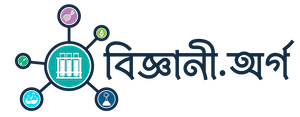
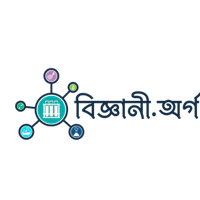
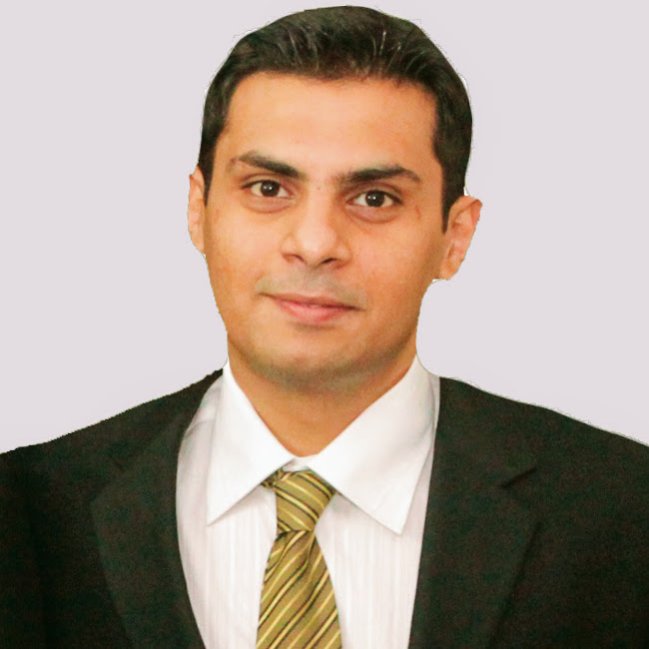

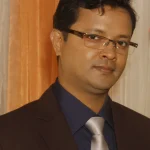
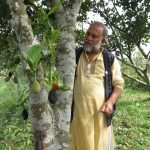

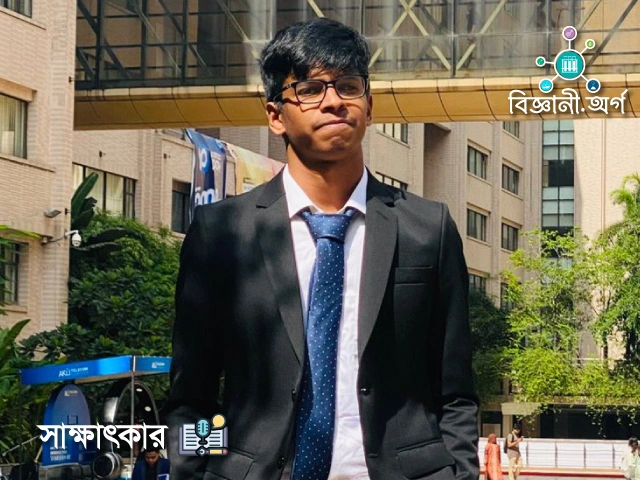
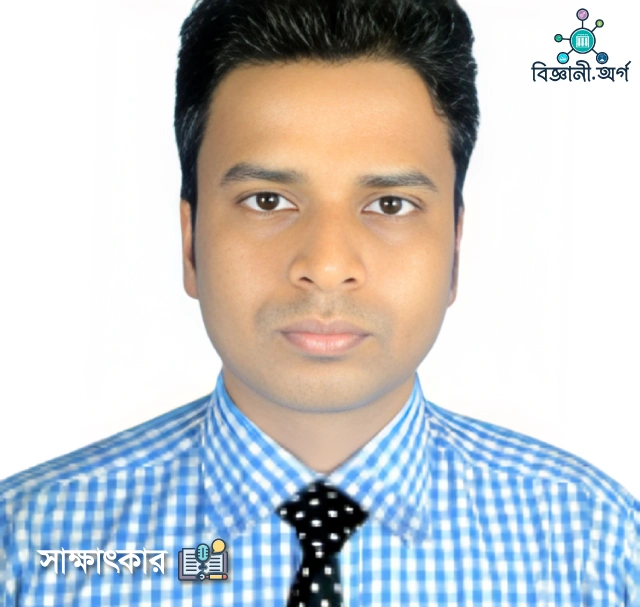
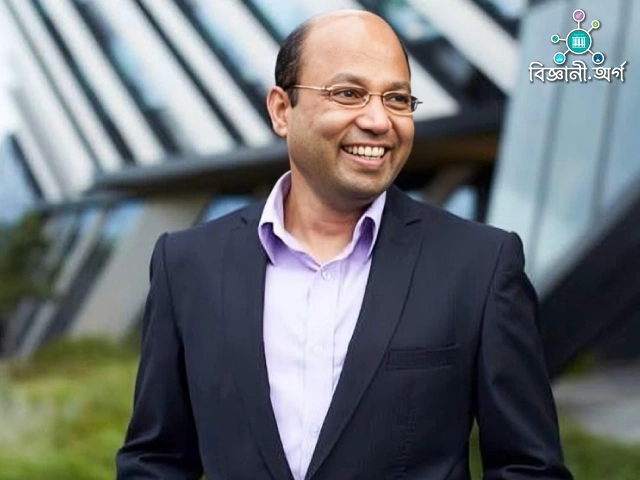
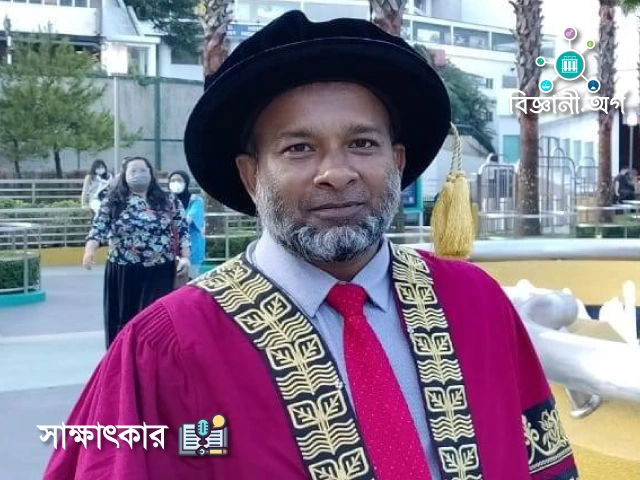
besh valo lagco interview ta. thanks a lot…. @ http://pcjobs24.com/